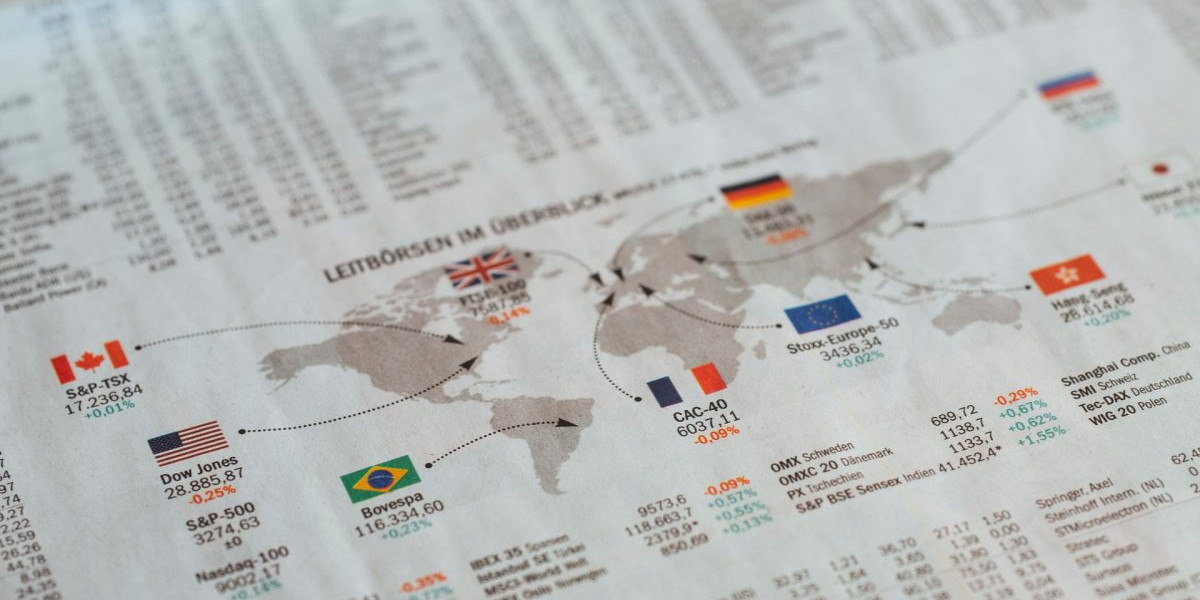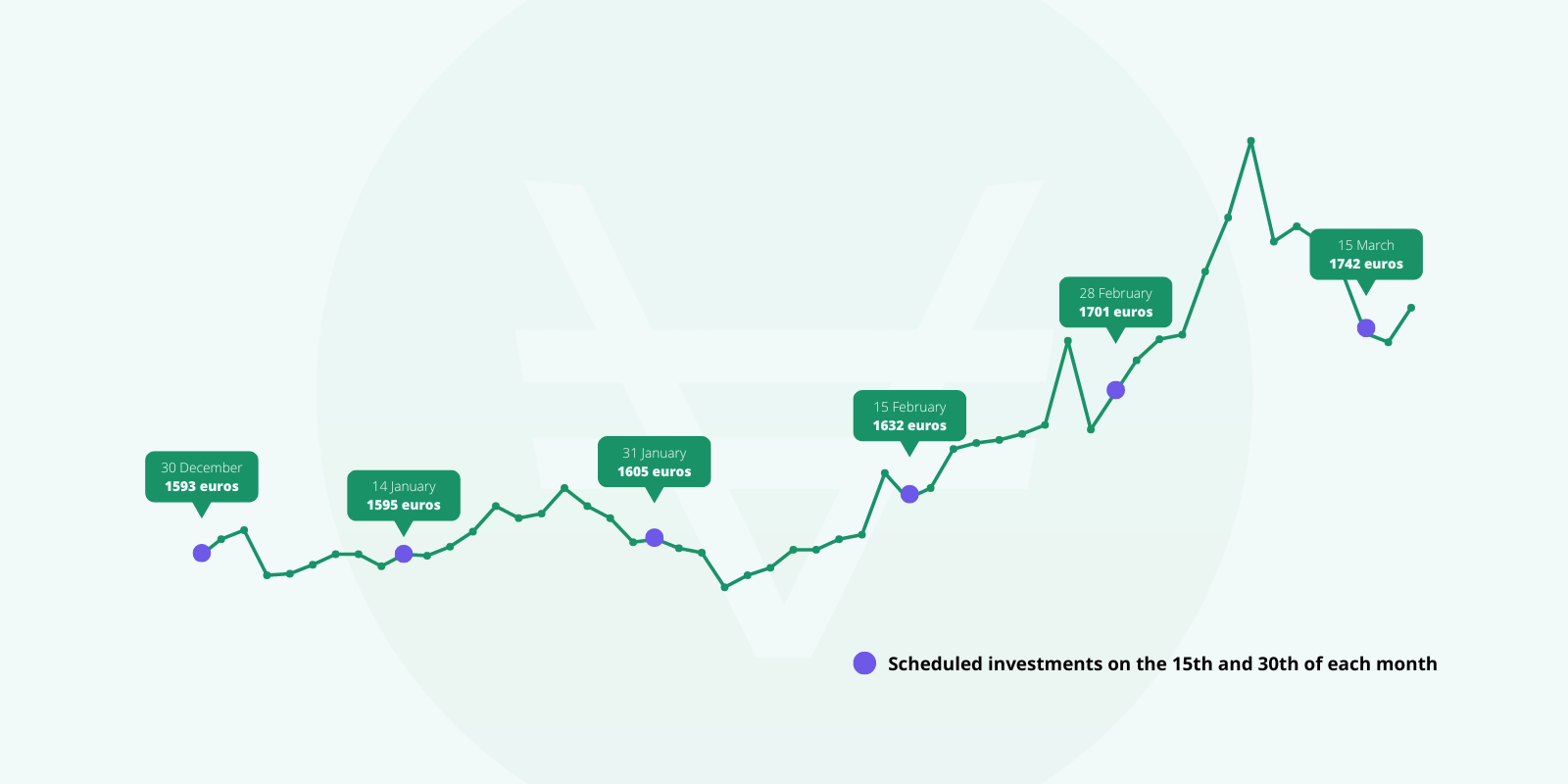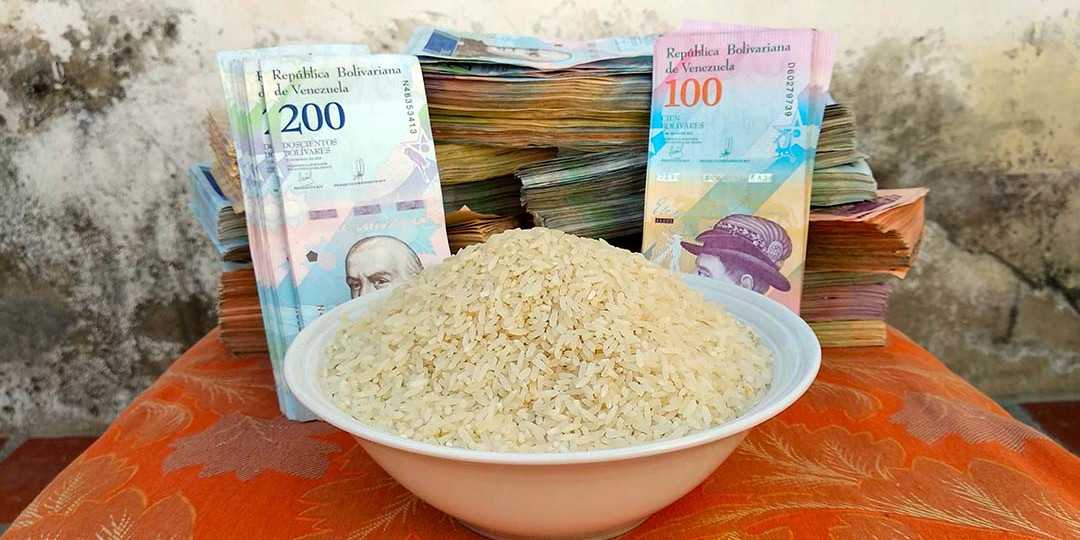Essential to the monetary balance as well as to the financial stability of US, central banks seem to have become, especially since 2008 and the subprime crisis, the guarantors of the very survival of the world economy. Whether real or exaggerated, this importance means that not a day goes by without hearing about the work of these institutions, even in the general media. But what are these central banks, whose decisions are imposed even on the US themselves?
What is a central bank like the ECB or the FED?
In practical terms, a central bank is a body entrusted by a State, or a group of States, with the management of its currency. This implies that it not only guarantees the legitimacy of the currency but also controls its issuance, distribution and stability, both within and outside the borders of the State(s) concerned. A central bank is therefore an essential element for the proper functioning of institutions, but beyond this definition, which is very similar to those found on most central bank websites, not much has been said. Let’s try to answer some more specific questions to better understand the nature and objectives of these special institutions.
What is the role of a central bank?
This may seem like an obvious question, but it is not so easy to answer. As mentioned above, a central bank is responsible for the monetary policy of one or more states. However, its powers and the means at their disposal to accomplish its mission vary from one bank to another. It mainly depends on its history, but also on its links with the state or states whose currency it controls. For example, apart from its monetary responsibility, the mandate of the European Central Bank (ECB) gives it the priority of controlling inflation and above all ensuring price stability throughout the Eurozone, by using interest rate leverage in order to act on the supply and demand of financing. The US Federal Reserve (Fed), for its part, also has the task of promoting full employment by supporting growth. This is why the announcement of the monthly US employment figures is so important for the US financial markets, to the point of directly influencing the level of the main Wall Street stock exchange indices. A faltering jobs market is seen as a reflection of insufficient Fed action, and therefore of weak monetary policy.
Do the ECB or the FED make money?
In reality, no, central banks do not create money as such. Unlike in the past, when the central financial institution (the “Treasury”) issued currency mainly in the form of coins, and later banknotes. This was done according to the wealth available in the state’s treasuries, however the current monetary system is based on the principle of monetisation of claims. In other words, it is the commercial banks that create money each time they grant a loan to a customer. Since this money, known as demand deposit or checkbook money, only exists in the form of “credit lines”, it is exactly the same as the money we have in our savings books, current accounts or financial investments. It is the money that we use every day when we pay for our purchases by bank card, when we pay our bills by transfer or direct debit and that we receive in the form of salaries, allowances, health reimbursements, etc.
However, the central bank also creates money, known as central bank money, which is used for trade between commercial and national banks, all of which have accounts with the central bank. But this money does not participate in the exchanges of the real economy, it only serves to regulate the system and as a clearing unit between banks.
Finally, the central bank generally retains the power to issue fiat money, i.e. the production of coins and notes. For many people, this is still the most concrete and most important representation of monetary sovereignty. In reality, this physical money, or hard cash, represents only 5 to 15% of the total money supply in circulation (which varies according to the country). This proportion is tending to fall year by year, in the face of the general shift towards electronic payments. It should be noted, however, that in the case of the Eurozone, most of the banknotes in circulation and all the coins are manufactured by the national central banks (in France, the Banque de France), under the control of the ECB, which remains the sole decision-maker on the volumes issued in order to avoid any form of monetary inflation. The decision to leave the production of coins and banknotes in the hands of the State also reflects a strategy of social appeasement. Even though their economic value is low compared to all monetary assets in circulation, their symbolic, not to say sentimental, value remains very strong in the collective imagination.
What is ‘government’s bank’?
Since we know that it does not create money, why is it that a central bank is sometimes referred to as “government’s bank”?
One of the tasks of a central bank is to finance the economic policy of states. Therefore, it has happened that some countries spend a bit more than they can afford, especially in terms of government operations, military spending or even social policies that are a bit populist. The central banks of these countries were therefore called upon to finance these public deficits, in particular by granting an advance to the public treasury via a credit granted to the State. It is as if they were lending them money in the form of bank notes, which is what happened in 1923 in Germany under the Weimar Republic.
The trouble is that this generosity is often accompanied by a feeling of fiscal immunity on the part of the indebted governments, who feel that they have a free rein to continue their lenient policies. As the same cause produces the same effect, the state finds itself in need of a loan when it comes to repaying its debt. And the central bank may be forced to issue a new one to pay off the previous and cover future expenses. It is easy to see how this kind of situation can quickly get out of hand, leading to uncontrollable inflation and currency depreciation.
What is Quantitative Easing or QE?
The ECB has a somewhat different instrument, but the effects are relatively the same from the point of view of the Member States, which is why this practice is prohibited in the Eurozone. And that is why it is often confused with the famous “money printing”.
This is the quantitative easing (QE) programme, which consists of the central bank buying bonds issued by the State to finance its public debt. It can do this either directly when they are issued (this is the case of the Fed in the United States or the Bank of England, for example), or indirectly by turning to institutional investors (banks, insurance companies, pension funds, etc.) who have acquired them and who sell them on a secondary market.
This is what the ECB does and, in the end, the euro zone States thus benefit from a strong guarantee that their securities will be bought. And so, they will be able to finance their economic policy, without inflating the money supply in circulation since the money remains in the financial market circuit.
How do central banks control money?
In simple terms, central banks act on the quantity of money in circulation by increasing or reducing the financial pressure on commercial banks.
As we have seen, money is essentially written down, not to say virtual. It is created by banks according to the demand for financing from economic agents. As the number of loans increases, so does the quantity of money. But this money cannot be created without limit by the commercial banks either, simply because they obtain it from the central bank in return for an interest rate that they have to pay. And it is precisely this interest rate that constitutes the main instrument by which a central bank can regulate the quantity of money in circulation.
If the central bank increases the rate at which commercial banks can borrow money from it, then the latter will be obliged to transfer this increase to the loans they grant to individuals and companies. Doing so and also applying limits to the debt-to-income ratio of economic agents, fewer borrowers will qualify for loans. The number of loans accepted, and the sums lent, will therefore fall, thereby reducing the quantity of money created on this occasion.
Conversely, a fall in the central bank’s key rate, and therefore a fall in the borrowing cost of money, will enable commercial banks to reduce the lending rate and therefore attract more borrowers, thereby increasing the quantity of money created.
Other more subtle mechanisms, as well as other rates such as the deposit rate, also come into play in the regulation of the money supply, but overall, the principle remains the same: to make banks adapt their own contribution to the financing of the economy in order to remain profitable.
Have central banks deprived states of their economic sovereignty?
On reading the above, one can rightly wonder about the economic sovereignty of states, and whether, in the end, central banks have taken it over or not. This question has been a source of concern for decades, and its importance has been reinforced in France with the birth of European monetary union and the creation of the European Central Bank. Indeed, the latter has not only recovered the sovereign power to “mint money”, but has also come to be placed above the State in its capacity as a community institution that no longer depends on any government.
It is true that European monetary construction has largely contributed to depriving the Member States of an important instrument of adjustment. Since any national monetary policy is now impossible, and budgetary policy is strictly controlled by the European Stability Pact, public deficits are now restricted. For example, currency devaluation can no longer be used to remain internationally competitive.
But even more than that, the ECB is taking advantage of an exceptional situation. On one hand, 19 States which, because of their inability to define a common policy, are unable to impose anything on it. On the other hand, Community authorities with too few powers to have the means to influence its decisions.
Are the ECB and the FED independent?
In the case of the ECB, it is this very principle of independence that is now being criticised. While a strong single currency did indeed require a fully autonomous regulatory body with a multinational mandate, it was soon realised that the particularities of the economies and policies of each Member State did not always fit in with the requirements set at the European level.
On the other hand, many now believe that the euro is nothing more than a revisited Deutschemark. Its strength penalises rather than benefitting most national economies that are unable to compete with the German economy. Moreover, the headquarters of the European Central Bank is in Frankfurt, Germany, and it is probably not by chance either.
Conversely, other countries such as the United States and Japan still have a certain amount of power over their central banks. Notably through the appointment of the members of the board of governors, including the president and vice-president, as well as the senior officials whose salaries they set. The independence of these central banks is therefore more or less controlled by their respective governments. Thus, their actions are more or less directly related to political choices made at the top of the state. According to many experts, this explains the great ‘flexibility’ of the American economy, as well as the low growth capacity of the euro zone, whose restrictive monetary policy is mainly modelled on the German model. A model which, as we have recently seen, could not withstand a major systemic crisis, precisely because of its excessive austerity in terms of public financing.
Multi-entrepreneur, auteur et consultant depuis plus de vingt-cinq ans dans le domaine de la communication stratégique, il a plusieurs fois travaillé pour le compte d'entreprises financières dont il décrypte aujourd'hui les coulisses et les mécanismes économiques de base à l'intention du plus grand nombre.


